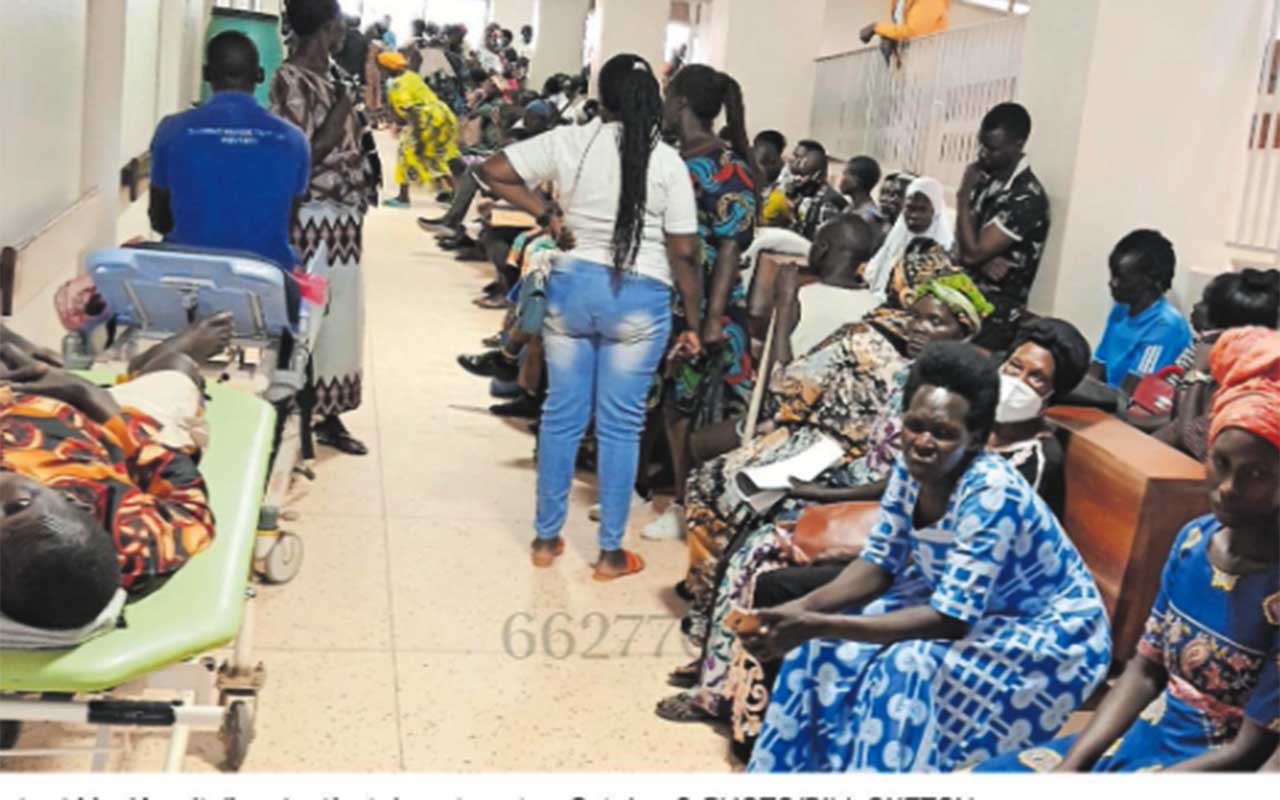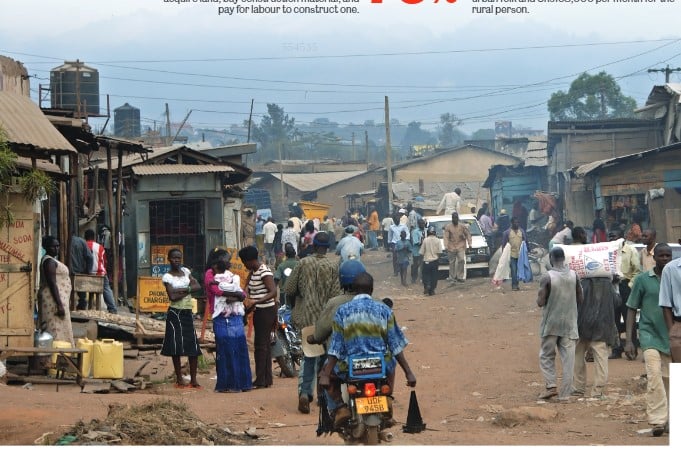Fix gaps in health sector

Patients at Lira Hospital’s outpatient department on October 3. PHOTO/BILL OKETCH
What you need to know:
- We must prioritise our health sector and plan for it like the critical sector that it is.
The story of Lira Referral Hospital published in our October 10 edition is a classic case of the same script different cast that characterizes our health sector. Various health facilities have come under the spotlight for less than desirable services offered to the populace making it clear that we ought to do more to prioritise the health sector. Well, for Lira Regional Hospital, this time it is the struggle to serve the rising number of patients.
It can’t be a shock that the hospital which came into existence in 1928 is now too small to accommodate the more than 400 patients it receives on a daily basis. It serves among others, Kaberamaido, Kalaki, Dokolo, Lira, Oyam, Apac, Kwania, Alebtong, Otuke, Kole and Amolatar, Agago, Pader and omoro.
The hospital senior principal administrator Mr Peter Okello Odeke says the wards are small; in the children’s ward for example, three children share one bed; the hospital currently has 400 staff members instead of the required 1,200 according to the staffing structure of the regional referral hospitals.
Due to limited space, the hospital keeps mothers who have already delivered under tents to free up space for expectant mothers inside the maternity ward. Such is the sad state of affairs at the hospital.
Thankfully, not all is hopeless at the hospital. A laboratory that is currently under construction is expected to improve diagnosis, sample collection and care for patients. Mr Odeke says the laboratory will enable them to have proper diagnosis and in turn be able to treat the patients.
We, much like Mr Okello are excited about the laboratory and the fact that it will improve service delivery, however, the other issues raised in our story also beg urgent and meaningful attention.
We must prioritise our health sector and plan for it like the critical sector that it is. The population in 1928 obviously can’t be compared to today’s, why then do we go on expecting that by some magical wand, such a facility would accommodate today’s numbers? Surely we can plan better after all that is one of the reasons we spend funds, time and effort carrying out projects like national censuses. Let’s commit to fixing these ugly glaring gaps in our health sector.



